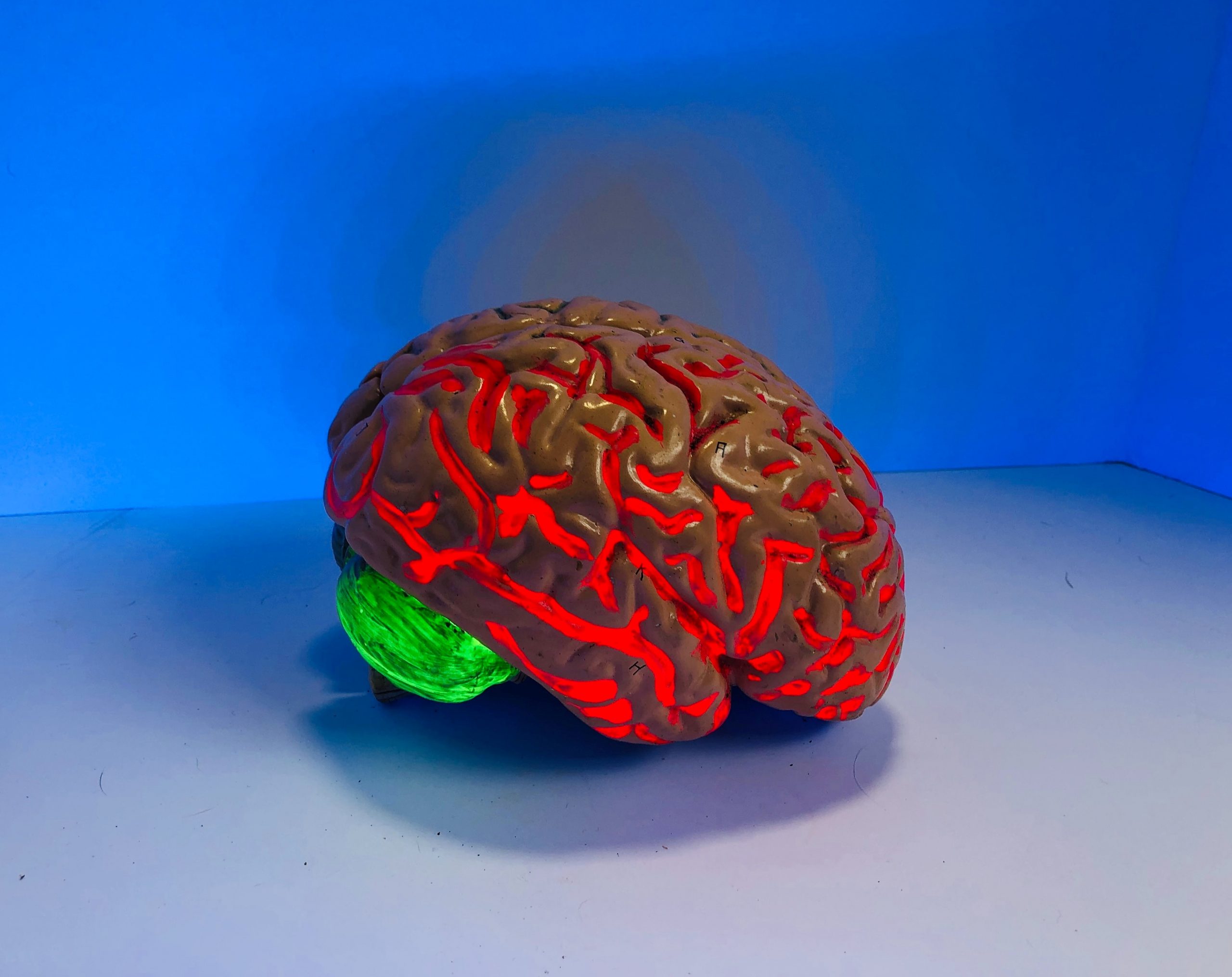
Emily Adams reports on promising research in the field of dementia treatment
A helmet designed to beam infra-red light into the brain has been piloted on healthy volunteers, who showed subsequent improvements in memory, motor function and cognitive processing compared to a placebo group.
Research published in Photobiomodulation, Photomedicine and Laser Surgery was led by Dr Paul Chazot from Durham University and County Durham GP, Dr Gordon Dougal. The researchers claim that results show that transcranial photobiomodulation therapy (PBM-T) could have potential applications as a therapy for dementia.
What does the therapy entail?
The therapy given to fourteen healthy participants in this pilot study involved wearing the £7,250 helmet, devised by Dr Dougal, for two six-minute sessions every day over the span of four weeks. The helmet emits infrared light from 14 fan-cooled LED arrays at a wavelength of 1068 nanometres through the skull and into the brain. This delivers 1,368J of energy in each six-minute treatment. A control group was given a dummy helmet to act as a placebo.
“The helmet emits infrared light
How does the therapy help patients?
Results from healthy participants found those receiving PBM-T experienced improvements on several tests performed by scientists. Participants using the PBM-T helmet exhibited significant improvements in motor function (on a finger tapping task), memory (in terms of mathematical processing and working memory) and brain processing speed, compared to the control group with a dummy helmet. No adverse side effects were reported.
One healthy participant was 56-year-old Tracy Sloan, who described how her daily life improved after using the helmet in the prescribed way. She explained how she noticed benefits to her sleep pattern and ability to relax as well as experiencing higher energy. She said: ‘I have a bad memory to start with and I think as you get older it gets no better, so I thought I would give the therapy a go.’ ‘I wasn’t sure it would make a difference, but to be honest I think it did.’
“‘I wasn’t sure it would make a difference, but to be honest I think it did.’
How does the therapy work?
County Durham GP Dr Dougal, who devised the helmet, explained that the therapy ‘may well help dying brain cells regenerate into functioning units once again,’ though he adds that research needs to be done to explain the mechanism by which this works.
Dr Chazot elaborated that: ‘We know that infrared light of particular wavelengths can help alleviate nerve cell damage, amyloid load and reduced blood flow in the brain, which are common in people with dementia.’
As mentioned, the helmet works by delivering infra-red light into the brain. The light is thought to stimulate mitochondria, the energy producing component of cells, to generate more energy. This energy is in the form of an organic compound called adenosine triphosphate (ATP), which is decreased in dementia patients. ATP can be used by living cells but also aid the repair of damaged neurons.
Additionally, by increasing nitric oxide in the brain PBM-T can enhance blood flow. The therapy can increase the flexibility of blood vessels so that they can open-up and allow more oxygen to reach deeper brain structures, necessary for neuron function.
Dr Douglas says: ‘Laboratory work exploring the mechanism of action of PBM-T1068, indicates this therapeutic tool may well help dying brain cells regenerate into functioning units once again.’ However, ‘Much more research is needed to fully understand the mechanism of action.’
Previous research and future applications
Findings come following a study led by Dr Jason Huang, and worked on by Dr Chazot and Dr Dougal, which was published in the journal Cureus in July this year. This study piloted the use of transcranial near-infrared (tNIR) stimulation (another name for PBM-T1068), on patients suffering from mild to moderate dementia. Similarly, this study found positive effects from the treatment.
For example, women in the treatment group showed a twenty per cent improvement on Mini-Mental State Exams (MMSE) after eight weeks of treatment, with men exhibiting a nineteen percent improvement. This was significantly higher than control groups for both genders and gender differences were not significant. Participants also reported improved energy, elevated mood, and decreased anxiety.
Dr Chazot said, though more research is required, ‘there are promising indications that therapy involving infrared light might also be beneficial for people living with dementia and this is worth exploring.’
A benefit of this therapy is that dementia patients could use the device quickly and easily in their own homes. Moreover, beyond dementia, other neurodegenerative diseases such as Parkinson’s Disease, traumatic brain injury and Motor Neuron Disease could be potentially benefited by this treatment.
For more Sci&Tech check out the stories below
Creature Feature: Black-Footed Ferret
Comments